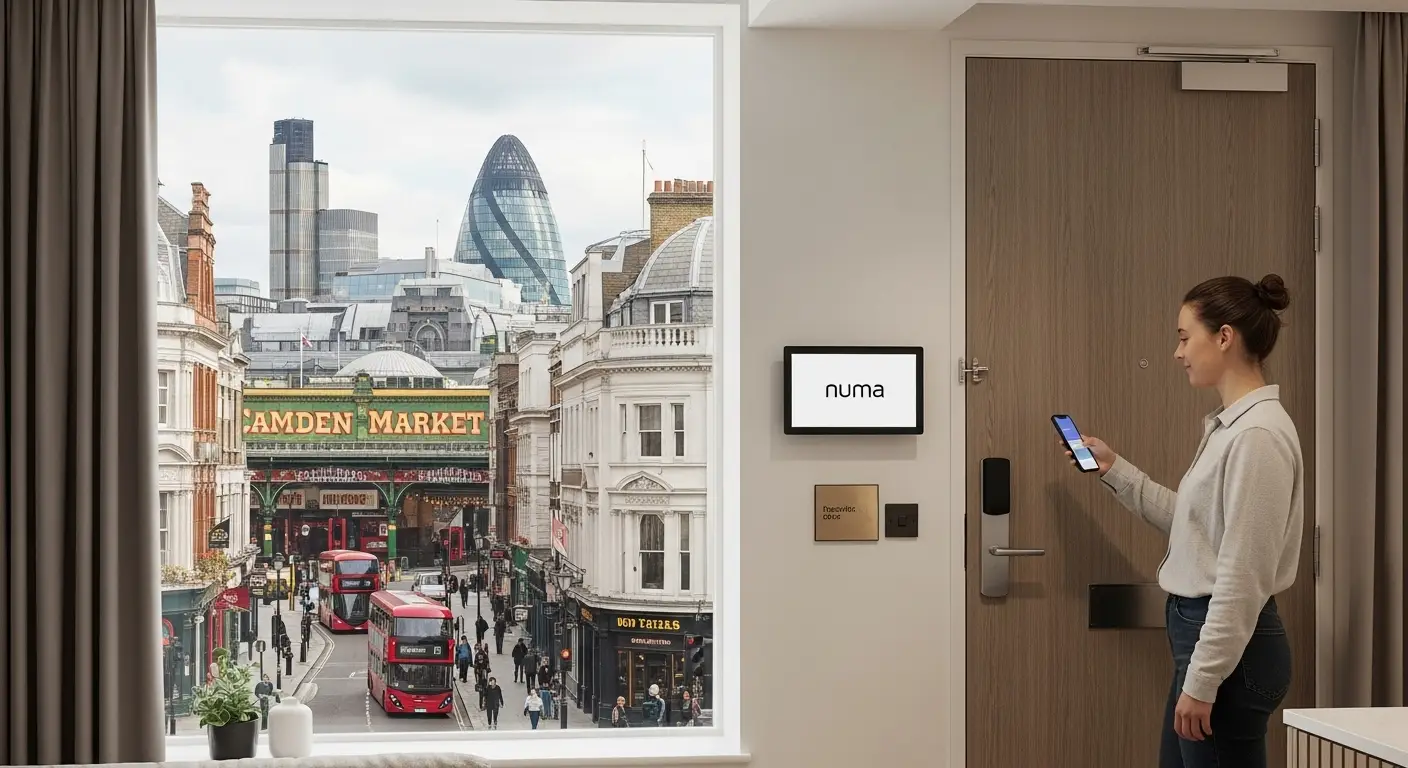The segment of the branded residenceswhich fuses the comfort of a home with the services of a luxury hotel, is undergoing a remarkable maturation globally. As this niche of the Flexible Accommodation is gaining ground, driven by interest from hotel brands and, increasingly, from non-hotel luxury firms, the way in which their management fees are structured is about to evolve.
Historically, large hotel chains have dominated this space, imposing fees that, while guaranteeing a high level of service and brand recognition, could be substantial. However, with the entry of more players, the market dynamics are changing. The increasing competition is forcing a re-evaluation of business models and, in particular, of the fee structures for the management of these exclusive properties.
This maturation of the sector is expected to lead to a further flexibility and customisation in commissions. Developers and owners, with more branding options at their disposal, will seek arrangements that balance brand visibility and quality of service with optimising their returns. This could lead to greater diversity in fee models, including more variable or hybrid structures, rather than fixed percentages of revenue or profit.
A key factor in this development is the increasing interest of non-hotel brands -such as fashion houses, automobile manufacturers or design groups - in the field of branded residences. These brands, while lacking traditional hotel infrastructure, bring a design, aesthetic and lifestyle differentiator that is highly valued by the luxury buyer. Their entry into the market could put pressure for more innovative partnership models, perhaps with commissions more closely linked to the delivery of specific brand value or the generation of a unique experience, beyond pure hotel operational management.
Transparency will be another crucial element. As the owners of branded residences become more sophisticated and aware of their rights and return expectations, they will demand greater clarity on how fees are calculated, what services are included and how operating expenses are optimised. This will lead to a standardisation of certain contractual aspects, but also to more customisation in negotiation.
Ultimately, the maturation of the branded residences is not only a sign of growth, but also of sophistication. Rate structures will adapt to reflect more intense competition and the demands of an industry seeking an optimal balance between brand prestige, level of service and financial viability for owners and developers in this exclusive segment of the market. Flexible Accommodation.






